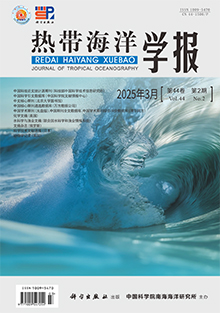The family Samaridae in Pleuronectiformes consists of three genera, namely, Plagiopsetta, Samariscus and Samaris. Studies on mitochondrial genomes of Samaris cristatus and Samariscus latus showed that there exist differences in genomic rearrangement and gene number between this two species. To determine whether there are structural differences in the species of the genus Plagiopsetta, Plagiopsetta glossa were used as the representative species for this study, and the mitochondrial genomic characteristics of this species were compared with those of Samariscus and Samaris. The length of its mitogenome is 18,723 bp, and contains 39 genes, including 13 protein-coding genes, two rRNA genes, 24 tRNA genes, two control regions, one light strand replication origin, and 13 more interspaces. Compared with the typical mitogenome in teleosts, P. glossa and S. latus have two more genes of tRNA-Cys and tRNA-Tyr (S. cristatus only one more tRNA-Cys). Additionally, each of the three flatfish has an extra control region, but the gene orders of P. glossa and S. latus mitogenomes are the same. Six genes (tRNA-Cys1, tRNA-Tyr1, tRNA-Ser1, tRNA-Lys, tRNA-Arg, and tRNA-Ser2) from different locations are clustered together forming a gene cluster, and following by this genes cluster was ND5-ND6-Glu-Cytb-Thr, all those 11 genes have no gene order change in terms of typical mitogenome.
The model of Double Replications and Random Loss was used to analyze the possible rearrangement mechanism in P. glossa mitogenome. The characteristics of gene number, gene order and 13 more interspaces provided new evidence to support the applicability of this model. The results of this study not only enrich our scientific knowledge of mitogenomic features, but also provide more data for further study on mitochondrial evolution and phylogenetic analysis for flatfish.




